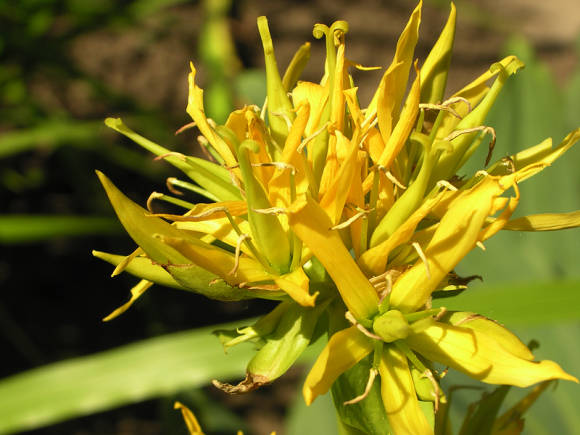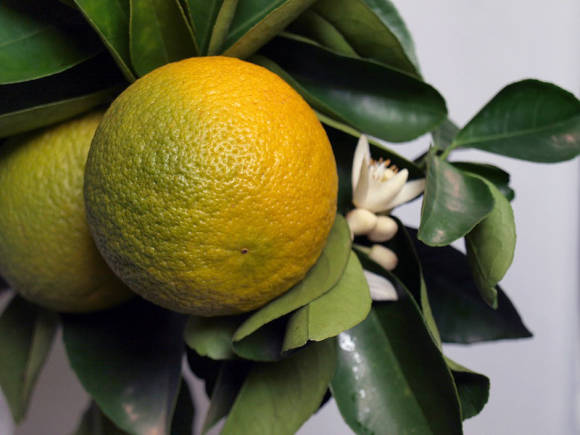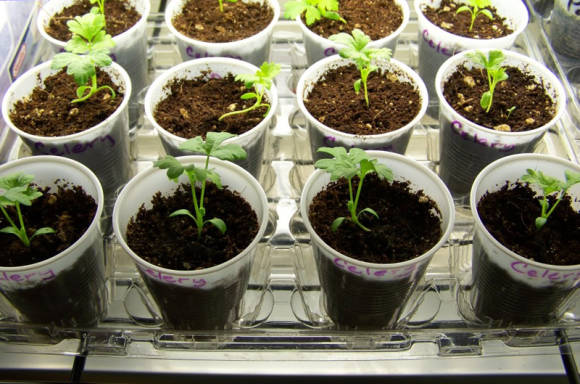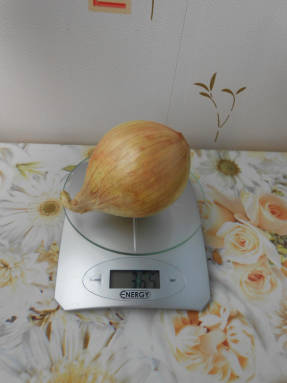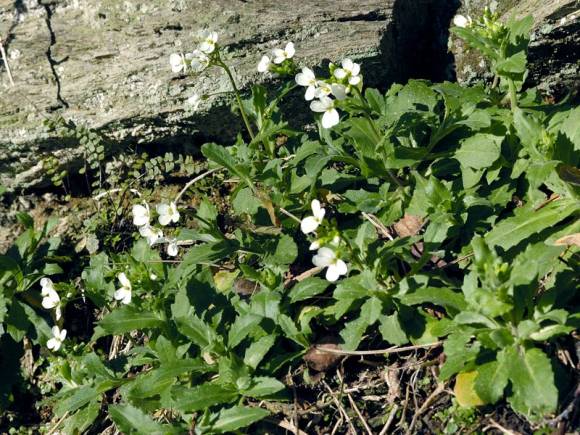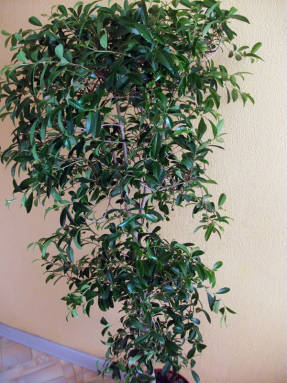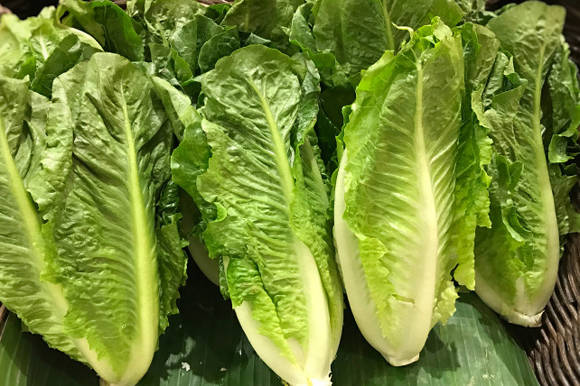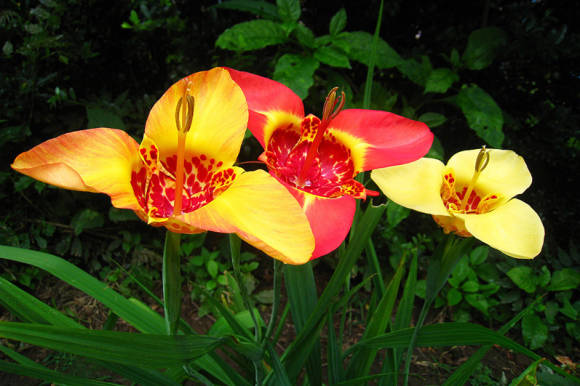
This is a graceful liana with openwork foliage and original flowers, which has an exotic look. All summer she will fill the garden with her blooms. Cold-hardy, does not stop blooming even with small autumn frosts. There are very few plants with such a long decorative period.
Dark green foliage and numerous bright flowers form delightful screens on mesh fences, trellises, pergolas, and walls of buildings. They look spectacular on obelisks. They are good for decorating the balding bases of conifers, against the background of which the droplet forms a great contrast. Evergreen shrubs are beautifully entwined.
It can also be grown in containers, for this you need to take a large capacity to provide good support, for example, from bamboo sticks. Sometimes the plant will need to be guided, watered regularly, and fed weekly.
Rough eccremocarpus (Eccremocarpus scaber) - a perennial evergreen, more precisely - a clinging shrub with woody in the lower part, highly branched stems, reaching 3-5 meters in height during the season. They are usually formed up to 4 in each plant. Leaves are opposite, pinnate, up to 2 cm long, young ones consist of two, and older ones consist of 3-7 oval leaves. The plant resembles our Tangut clematis with its openwork foliage. In the axils of some leaves, there are branched antennae, which, twisting in a spiral, are attached to the support. Flowers up to 2.5 cm long, tubular, with a small limb of rounded petals. The color of the flowers is bright orange-red, with a red neck. The flowers are small, but collected in rather large, from 10 to 15 cm long, racemose inflorescences, emerging from the axils of the leaves oppositely. The plant blooms profusely and for a long time, from July to autumn. After flowering, hanging wrinkled bolls are tied, resembling small (up to 4.5 cm) peppers in shape, opening with two valves and scattering black seeds. Therefore, in order to collect mature seeds from a plant, it is necessary to place the fruits in gauze bags in advance.
There are varieties with flowers of pink, yellow, scarlet. Varietal plants are usually shorter in stature.

Reproduction
Sowing seeds... In order for flowering to come as early as possible and last a long time, the seeds are sown for seedlings already at the end of winter, 8-9 weeks before the intended planting. They are light-sensitive, so they are not covered or lightly sprinkled with vermiculite and germinated in the light. Seeds at a temperature of + 16 ... +21 degrees, germination usually occurs in 2 weeks, but sometimes it can last 2-3 months. Seedlings dive into separate pots and keep them in cooler conditions.
Young plants need to be provided with support and are best kept in a greenhouse prior to planting in a permanent location. However, it should be borne in mind that in closed ground, eccremocarpus can become easy prey for spider mites and whiteflies. Seedlings are planted in open ground only with the end of frost, at a distance of at least 30 cm between specimens.
Cuttings... At the end of summer, you can take apical cuttings and root them for wintering indoors. In addition, the plant is capable of propagating by root cuttings in summer.
By the end of the season, a very decent tuber is formed in the underground part of the plant. However, its conservation in open ground in our latitudes is impossible.
Cultivation of rough ekremocarpus

In nature, the scrubbery grows on the edges of forests, on drained soils. Gravitates towards the sun, although tolerates a slight shadow. It belongs to the 8th zone of winter hardiness (winter hardiness up to -12 degrees), therefore, in a temperate climate, it is grown only in an annual culture.
Growing conditions... A warm, sunny place at the support (fence, building, pergola) is chosen for the droop.In the presence of a shadow, the plant does not die, but blooms worse.
The soil should be well-drained, rich in organic matter, close to neutral in acidity (pH 6.0-7.5).
Watering... The plant loves moisture - the soil is not allowed to dry out so that the flowering is continuous.
Top dressing... The Hedgehog is a fast-growing vine with increased nutritional requirements. Needs constant, weekly feeding with complex mineral fertilizer for flowering plants.
Support... Despite the presence of antennae, the plant must be guided during the season and fixed in places on a support, otherwise the stems are woven into an ugly lump.
Pests... Of the pests in the open field, only aphids are found on the droppings.
